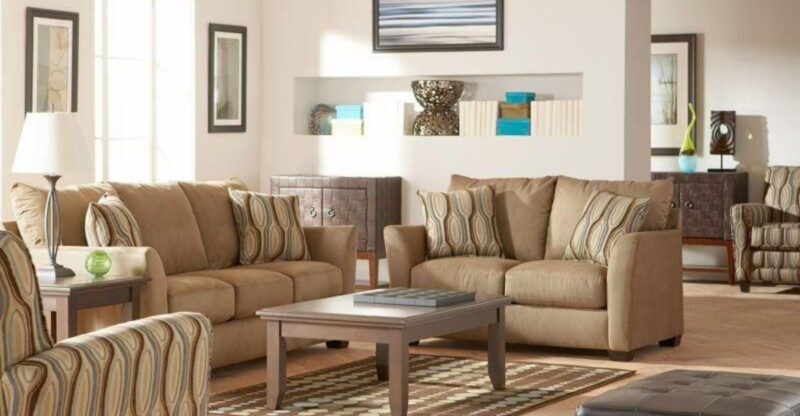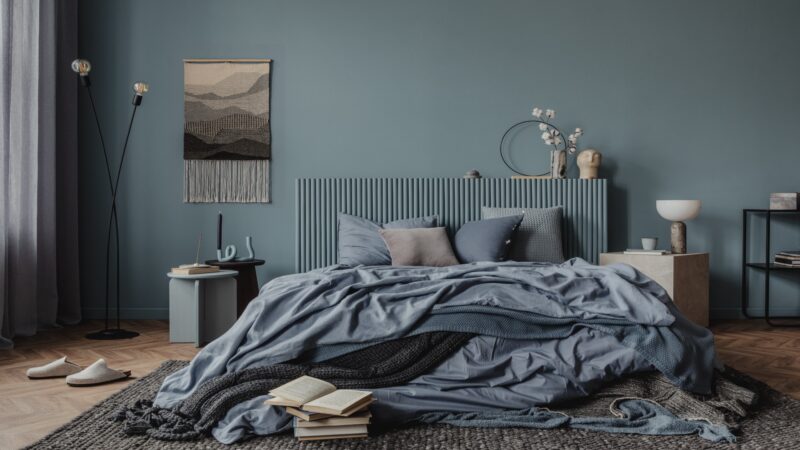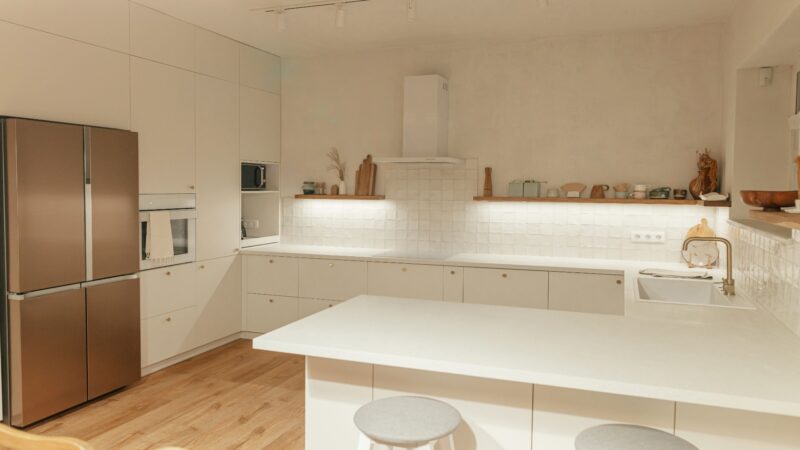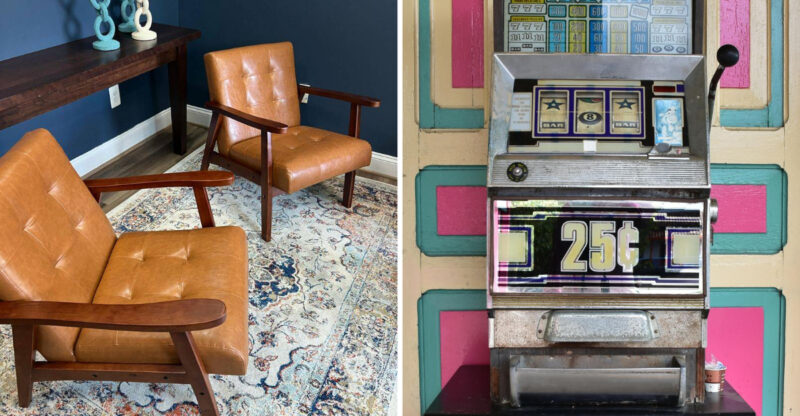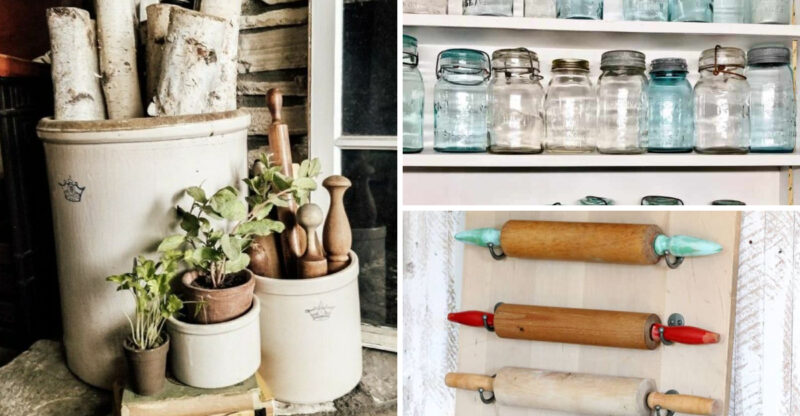11 Classic Home Details That Could Be Forgotten Today
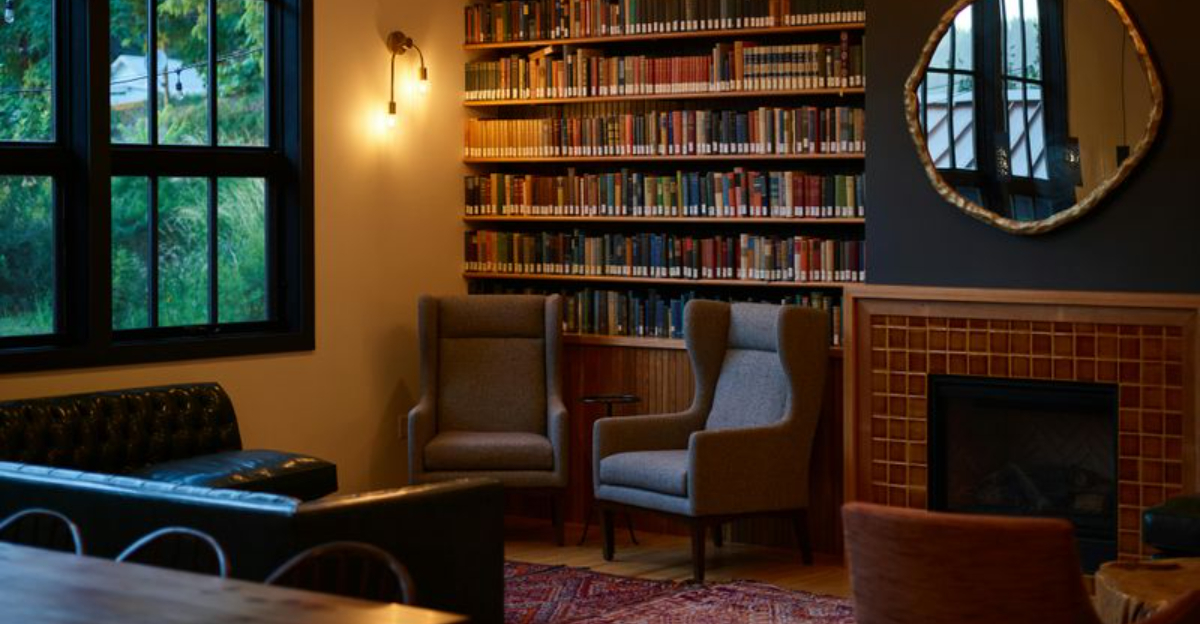
Remember those beautiful details in older homes that gave them so much character? As modern design trends favor clean lines and minimalism, many charming architectural elements are disappearing from new builds.
While these features add undeniable charm, not every home can accommodate them, and results may vary depending on the property. Let’s explore these classic home features before they’re completely forgotten!
1. Crown Molding
The elegant trim that connects walls to ceilings has been adorning homes for centuries. I’ve always loved how crown molding frames a room like artwork, adding architectural interest to otherwise plain spaces.
Back in the day, skilled craftsmen would hand-carve intricate designs, but now pre-made options make this classic detail more accessible. Some modern homeowners skip this detail entirely, viewing it as fussy or traditional.
Whether simple or ornate, crown molding creates a finished look that new homes often lack. When I walk into a room with beautifully installed crown molding, it immediately feels more polished and intentional.
2. Wainscoting
Have you noticed how those decorative wood panels along the lower portion of walls add instant character? Wainscoting originally served a practical purpose, protecting walls from chairs, boots, and general wear in an era before drywall.
My grandmother’s dining room featured beautiful wainscoting that made family gatherings feel extra special. Today’s builders often skip this detail to save time and money, but nothing quite matches the warmth it brings to entryways, dining rooms, and hallways.
Beyond its traditional appeal, wainscoting can hide imperfections in older walls while adding texture and dimension to any space. It’s a shame this architectural element isn’t standard in modern homes.
3. Picture Rails
Those narrow horizontal moldings installed about 18 inches below the ceiling were once a practical solution for hanging artwork without damaging plaster walls. Picture rails allowed homeowners to display and rearrange their collections using special hooks and wires.
When I visited my great-aunt’s Victorian home as a child, I was fascinated by how she could easily swap paintings without leaving a single nail hole. Modern homes rarely incorporate this clever feature, relying instead on wall anchors and nails.
Not just functional, picture rails also create a visual boundary in rooms with tall ceilings. They’re perfect for gallery-style displays while maintaining the architectural integrity that many contemporary homes lack.
4. Built-in Bookcases
Nothing says “home” quite like floor-to-ceiling bookcases flanking a fireplace or lining a study wall. These permanent fixtures were once standard in well-designed homes, offering both storage and architectural interest that freestanding furniture can’t match.
My childhood friend’s house had the most amazing built-in shelves with a rolling ladder we spent hours exploring his parents’ book collection. Today’s homes often lack these custom features, replaced by temporary solutions from big box stores.
Built-ins maximize space efficiency while creating focal points that showcase personal collections. They represent a level of craftsmanship and permanence that feels increasingly rare in our disposable culture.
5. Fireplace Mantels
The ornate shelf above a fireplace opening once served as the heart of the home, displaying family heirlooms and seasonal decorations. Elaborate fireplace mantels with detailed carvings or simple wooden beams added character that modern alternatives rarely capture.
During holiday gatherings at my grandparents’ house, their carved oak mantel became the centerpiece for stockings and garlands. Today’s trend toward streamlined gas fireplaces often eliminates this traditional focal point entirely.
A well-crafted mantel frames the fireplace while providing a natural spot for displaying treasured objects. This architectural element connects us to centuries of tradition when families gathered around the hearth for warmth and conversation.
6. Chair Rails
Those horizontal trim pieces running about three feet up the wall originally protected plaster from damage caused by chair backs. Chair rails divided walls into distinct sections, creating visual interest and opportunities for contrasting colors or wallpapers.
My aunt’s formal dining room featured a lovely chair rail with wallpaper above and painted wainscoting below a combination that felt both elegant and inviting. Modern builders often skip this architectural detail, viewing it as unnecessary in contemporary homes.
Beyond their protective function, chair rails establish proportion and scale in a room. They’re relatively simple to install yet add significant architectural character that makes spaces feel thoughtfully designed rather than merely constructed.
7. Window Shutters
Functional shutters that actually close over windows provided protection from storms and helped regulate temperature before modern climate control. These practical accessories added depth to facades while serving genuine purposes beyond decoration.
Growing up in a coastal town, I watched neighbors secure their authentic wooden shutters before hurricanes a ritual that connected them to generations of homeowners. Today’s versions are often purely decorative plastic panels screwed permanently to the siding.
Real shutters were sized exactly to cover their windows when closed, with operable hardware including hinges and shutter dogs. This attention to authentic detail has largely disappeared, though properly installed shutters still contribute significantly to a home’s character while providing security and insulation benefits modern alternatives can’t match.
8. Beamed Ceilings
Exposed wooden beams once revealed a home’s structural elements while adding warmth and visual interest overhead. Whether structural or decorative, these ceiling features created a sense of solidity and craftsmanship missing in many contemporary interiors.
The mountain cabin where we vacationed every summer had magnificent hand-hewn beams that told stories of the trees and craftsmen who created them. Modern construction typically hides structural elements behind drywall, creating smooth but characterless surfaces.
Dark wooden beams against white ceilings create dramatic contrast that draws the eye upward, making spaces feel both grander and cozier simultaneously. This architectural element connects us to building traditions that celebrated natural materials rather than concealing them.
9. Clawfoot Tubs
Those magnificent freestanding bathtubs with decorative feet were once the height of bathroom luxury. Clawfoot tubs combined practical function with sculptural beauty, becoming the centerpiece of well-appointed bathrooms.
After inheriting my grandmother’s house, I restored her original cast iron tub rather than replacing it with a modern version. The deep soaking capacity and heat retention can’t be matched by today’s lightweight alternatives.
Weighing hundreds of pounds, these tubs represented substantial investments in comfort and durability. Their elegant profiles and ornamental details elevated utilitarian bathrooms to spaces worthy of lingering. While modern built-in tubs prioritize easy cleaning, they sacrifice the visual impact and luxurious bathing experience that made clawfoot tubs special.
10. Vintage Door Hardware
Those weighty brass doorknobs, backplates, and keyhole covers transformed functional necessities into jewelry for the home. Vintage door hardware combined practical engineering with decorative artistry that rewarded close inspection.
While helping restore a friend’s Victorian, I spent hours cleaning layers of paint from original glass doorknobs that sparkled like diamonds when finished. Modern replacements often prioritize easy installation over quality materials and craftsmanship.
The satisfying mechanical click of old mortise locks and the cool weight of brass in your hand created a tactile experience missing from today’s lightweight alternatives. These small but significant details reflected an era when even utilitarian objects were designed to delight the senses while performing their functions beautifully for decades.
11. Casement Windows
Windows that open outward like doors using a crank mechanism were engineering marvels that maximized ventilation. Casement windows could catch breezes and direct airflow into rooms before air conditioning became standard.
The lakeside cottage where I spent childhood summers had casements that opened fully to welcome cool evening air. Their practical design allowed for cleaning both sides from inside while providing unobstructed views when closed.
Unlike modern sliding windows, quality casements sealed tightly against weather when closed. The decorative cranks and locking mechanisms were both functional and beautiful, often made from solid brass that developed character with age. These thoughtfully designed windows represent an approach to home comfort that worked with nature rather than attempting to overcome it.

